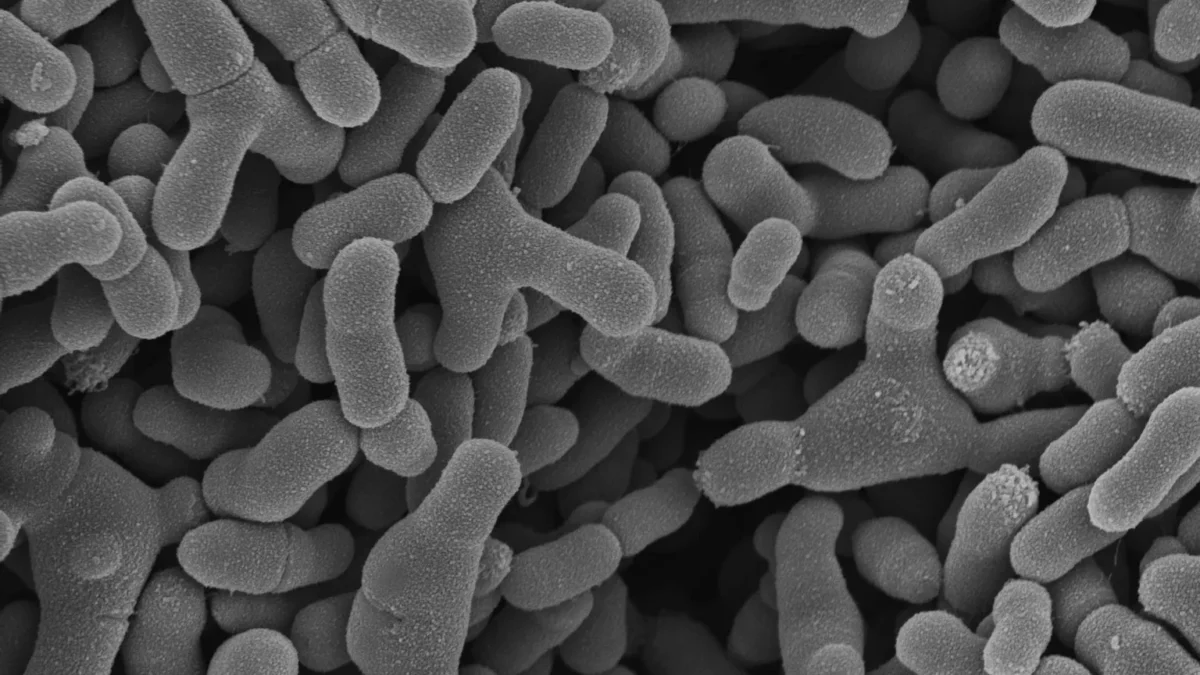 #News
#News
Autism, paracetamol, and scientific uncertainty: What the most recent evidence tells us
Statement by Donald Trump on supposed relationship between paracetamol and autism fires debate on scientific uncertainties and challenges in diagnosing autism spectrum disorder
 Use of paracetamol during pregnancy has been the subject of studies into the possible impacts on neurological development in infancy. To date, there is no conclusive evidence indicating an association between the medication and autism | Image: Volodymyr Hryshchenko/Unsplash
Use of paracetamol during pregnancy has been the subject of studies into the possible impacts on neurological development in infancy. To date, there is no conclusive evidence indicating an association between the medication and autism | Image: Volodymyr Hryshchenko/Unsplash
On September 22, US president Donald Trump made a statement condemning the use of paracetamol by pregnant women due to an alleged association of the drug with autism.
His comments gave rise to much discussion, with significant organizations in the scientific community pointing out the lack of evidence confirming the president’s words. For example, the “World Health Organization (WHO) issued a statement to the effect that “there is no conclusive scientific evidence confirming a possible link between autism and the use of paracetamol […] during pregnancy.”
Similarly, the International Federation of Gynecology and Obstetrics (FIGO) asserted that “the evidence does not support a causal link” between taking paracetamol during pregnancy and the risk of autism. In Brazil, the Ministry of Health stated that “there is no scientific evidence to support a link between the medication and the disorder.”
Even with these statements to the contrary, the US president’s words have reignited the discussion on the uncertainties involved in autism. Moreover, Trump’s speech shone a light on the discussion over how to deal with scientific uncertainties.
What science knows (and does not yet know) about autism
Diagnosing autism is not an easy task due to unanswered questions about the cause of the condition; what is currently known is that development of the disorder is explained in part by genetics. Sven Sandin, a statistician and senior researcher at Sweden’s Karolinska Institutet, has authored different studies on the matter.
“We can say that 80% to 85% of the risks [of autism] originate from genes we inherit directly from our parents.”
— Sven Sandin, Karolinska Institutet
What is known about the causes and characteristics of autism
-
Genetics
-
explains 80% to 85% of cases, according to the Karolinska Institutet.
-
Environmental factors
-
these are still under investigation, and include infections, chemical exposures, and medications.
-
Diagnosis
-
depends on clinical and behavioral assessments, with challenges in standardization.
-
Prevalence
-
varies between 0.9% and 1.5% of the global population.
However, scientists are still facing difficulties in identifying the responsible genes, leading to diagnoses based on clinical assessments, which may be more susceptible to errors or uncertainties.
Despite this scenario, researchers continue to investigate the prevalence of the condition. Cristiane Silvestre de Paula, an associate professor on the human development sciences graduate program at Mackenzie University, and Latin America’s representative as Global Senior Leader at the International Society for Autism Research (INSAR), is an authority on the subject.
She says that the prevalence of autism globally is between 0.9% and 1.5% of the entire population—these data are based on different articles published in scientific journals, for example a systematic review published in 2022 identifying a global prevalence of 1%, after taking into account regional variations.
These locational differences beg another question about autism, at least in terms of the genetics involved.
Graccielle Asevedo, a psychiatrist and vice coordinator of TEAMM, an autism spectrum disorder outpatient clinic associated to the Federal University of São Paulo (UNIFESP), says that many genetic databases contain little information on underdeveloped or developing countries.
This scarcity of data limits the process of a greater understanding about the genes associated to the disorder.
Paracetamol and the risk of autism: What the studies say
Even though heredity is the primary cause of autism, other aspects also come into play, and studies have begun looking in to the use of paracetamol during pregnancy as one of these other possible factors.
For example, A 2013 research study that examined data from eight countries found a correlation between indicators on the use of medication during the prenatal and perinatal periods and autism. Discourses such as President Trump’s draw on this type of study, but the finding is not sound.
Such studies raise questions that require further investigation, but they do not prove a causal link.
One of the common limitations to this type of research is the lack of control for other factors, i.e., we cannot be sure that any one variable causes any determined outcome, as trial participants are normally subject to other factors—comorbidities, for example—for which the controls are not ideal, and exposure to the variable studied, which may also be imprecise. In the abovementioned 2013 study the authors pointed out that perinatal circumcision was an indicator of paracetamol use in newborn babies, explained by the fact that the medication is recommended in such situations. This indicator, however, is based on a supposition, which reduces confidence about exposure to paracetamol.
Randomized clinical trials “enable variables to be isolated and biases reduced, i.e., they offer a much greater level of control,” says Denise Garrett, a medical epidemiologist and vice president of the Sabin Vaccine Institute in the US
However, randomized clinical trials to observe whether the use of paracetamol by expectant mothers leads to the development of autism are not plausible, says Sandin, of the Karolinska Institutet. Garrett explains that this is because pregnant women are normally excluded from these trials, leaving a knowledge gap.
In such cases it is important to undertake further studies, preferably controlling other factors to investigate whether paracetamol really would increase the risk of the condition.
This was the case for a study published in 2024 investigating the theme in siblings to control genetic and family factors; no association was found between the medication and autism.
How to deal with scientific uncertainties
The 2024 trial produced sound and important evidence on the theme, but was not without its limitations, one of which being that there was not a very precise assessment on exposure to paracetamol during the term of pregnancy.
The trial was also restricted to Swedish data, which is another limitation, concludes Sandin.
There are different views on whether the association between paracetamol and autism should continue to be investigated.
De Paula believes that the available evidence is sufficient to say that the correlation does not exist.
In the meantime, Asevedo and Sandin agree that the association doesn’t appear to be real when current scientific data are considered, but if available resources for studies were very high or even unlimited, the matter could continue as an object of investigation, say the two researchers.
Other areas, however, such as the genes associated to the condition, “are more relevant,” Asevedo concludes.
Scientific uncertainties like this caught the attention of Kevin Elliott, a professor at Michigan State University and a specialist in the philosophy of science and ethics.
Elliott argues that the population should have a wide-ranging perspective on the risks associated to medications, so they can decide whether they are prepared to take them.
To achieve this, extensive knowledge about drugs and their effects is required, along with clear communication to the public.
Elliott says that this is not what happened in the case of Trump. “The president made it seem as if the evidence was unerringly convincing, whereas the majority of people would likely conclude, based on the available evidence, that it is still worth taking Tylenol in many cases,” he says.
*
This article may be republished online under the CC-BY-NC-ND Creative Commons license.
The text must not be edited and the author(s) and source (Science Arena) must be credited.

